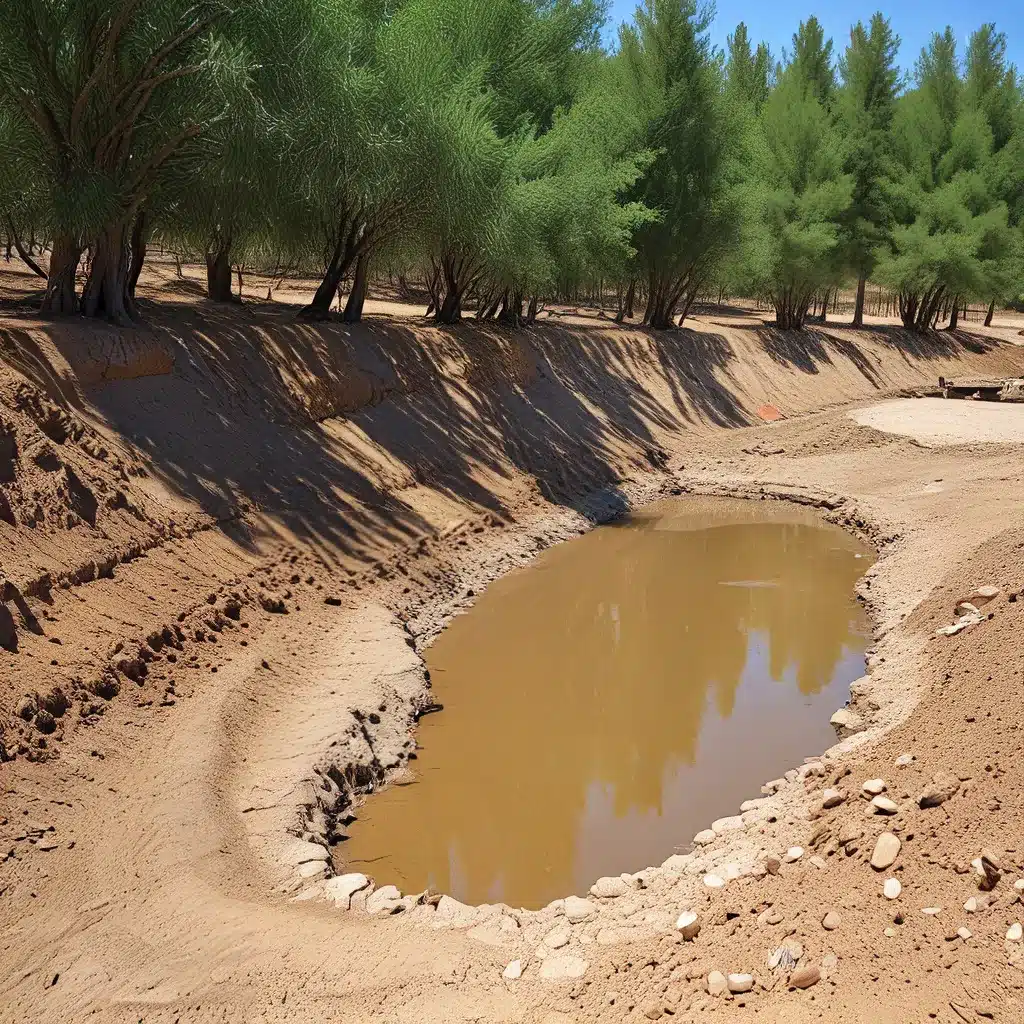
As someone who’s passionate about environmental conservation, I’ve always been fascinated by the complex world of groundwater remediation. It’s a field that’s constantly evolving, with new technologies and techniques emerging all the time. And let me tell you, the more I dive into this topic, the more I’m amazed by the sheer scale and complexity of the challenge we’re facing.
Groundwater: The Forgotten Frontier
Picture this: the United States Department of Energy manages one of the largest groundwater and soil remediation efforts in the world. We’re talking about a staggering 65 trillion liters of contaminated groundwater – that’s enough to fill four times the daily water consumption of the entire country! And that’s just the tip of the iceberg. There’s also 40 million cubic meters of soil and debris contaminated with radionuclides, metals, and organic compounds. It’s a daunting task, but the folks at the Department’s Office of Subsurface Closure are working tirelessly to find solutions.
The Department of Energy’s DOE Office of Environmental Management is leading the charge, conducting research and demonstration projects to test new technologies and remediation approaches. They’ve realized that the traditional pump-and-treat and soil vapor extraction methods just aren’t cutting it at some of these large, complex sites. That’s where the Technical Assistance Program comes in.
Technical Assistance: A Lifeline for Groundwater Restoration
The Technical Assistance Program is like a superhero team for groundwater remediation. Since 2006, they’ve deployed 25 expert teams to 11 different sites across the DOE complex, and the results have been nothing short of impressive. These teams have made recommendations that have yielded an estimated cost savings of $100 million – a return on investment of 30 to 1.
But it’s not just about the numbers. These experts are bringing a wealth of knowledge and experience to the table, helping site managers address their specific technical challenges. They’re scouring the globe for existing technologies and leveraging the latest advances in science and engineering to overcome the most intractable barriers.
And the best part? The Technical Assistance Program is all about collaboration and consensus-building. They’re working closely with regulators and stakeholders to ensure that the recommended approaches and solutions are accepted and implemented. After all, what good is a game-changing technology if no one’s willing to use it?
Innovative Approaches: Pushing the Boundaries of Groundwater Restoration
So, what are some of the latest and greatest techniques and technologies in the world of groundwater restoration? Well, let me tell you, the possibilities are endless – and downright fascinating.
Take the Van Norden Meadow Restoration Project, for example. This innovative approach involves using nature’s own tools to tackle groundwater contamination. By restoring the natural wetland ecosystem, the team is harnessing the power of plants and microorganisms to break down and sequester harmful pollutants. It’s like letting Mother Nature do the heavy lifting!
And that’s just the tip of the iceberg. The Environmental Protection Agency and other research organizations are exploring a whole host of cutting-edge techniques, from in-situ chemical oxidation to bioremediation. These methods are designed to address some of the most stubborn and persistent contaminants, like chlorinated solvents and heavy metals.
Overcoming Challenges: The Path to Groundwater Restoration
Of course, it’s not all sunshine and rainbows in the world of groundwater remediation. There are still plenty of challenges to overcome, and the experts at the Department of Energy’s Office of Subsurface Closure are the first to admit it.
For one, these large, complex groundwater plumes can be incredibly difficult to treat. The contamination can be deeply entrenched, and the hydrogeology of the site can be a real headache to navigate. It’s like trying to untangle a massive ball of yarn – you really have to be a master problem-solver to make any progress.
And then there’s the issue of cost. Groundwater remediation can be a notoriously expensive endeavor, and it’s not uncommon for traditional approaches to prove inadequate or downright ineffective. That’s where the Technical Assistance Program really shines, helping site managers find more cost-effective and innovative solutions.
But the biggest challenge of all? Gaining the trust and acceptance of regulators and stakeholders. After all, these are the folks who have to sign off on any remediation strategy, and they’re understandably cautious about new and untested technologies. That’s why the Technical Assistance Program puts so much emphasis on addressing their concerns and facilitating the acceptance of recommended approaches.
The Future of Groundwater Restoration: A Sustainable Vision
As I dive deeper into this topic, I can’t help but feel a sense of optimism about the future of groundwater restoration. With the dedicated efforts of the Department of Energy, the Environmental Protection Agency, and a host of other research organizations, I believe we’re on the cusp of a groundbreaking transformation.
Imagine a world where we can harness the power of nature to cleanse our contaminated aquifers, where cutting-edge technologies can surgically remove even the most stubborn pollutants, and where regulators and stakeholders work hand-in-hand with experts to implement sustainable, cost-effective solutions. It’s a future that’s within our grasp, but it’s going to take a lot of hard work, innovation, and collaboration to get there.
And that’s where Inland Waters Inc. comes in. As a leading provider of water treatment and environmental services, we’re committed to being at the forefront of this groundwater restoration revolution. We’re investing in the latest technologies, fostering partnerships with research institutions, and working closely with regulatory agencies to help shape the future of this critical industry.
So, who’s ready to dive in and be a part of this exciting journey? I, for one, can’t wait to see what the future of groundwater restoration has in store. Let’s roll up our sleeves and get to work!


